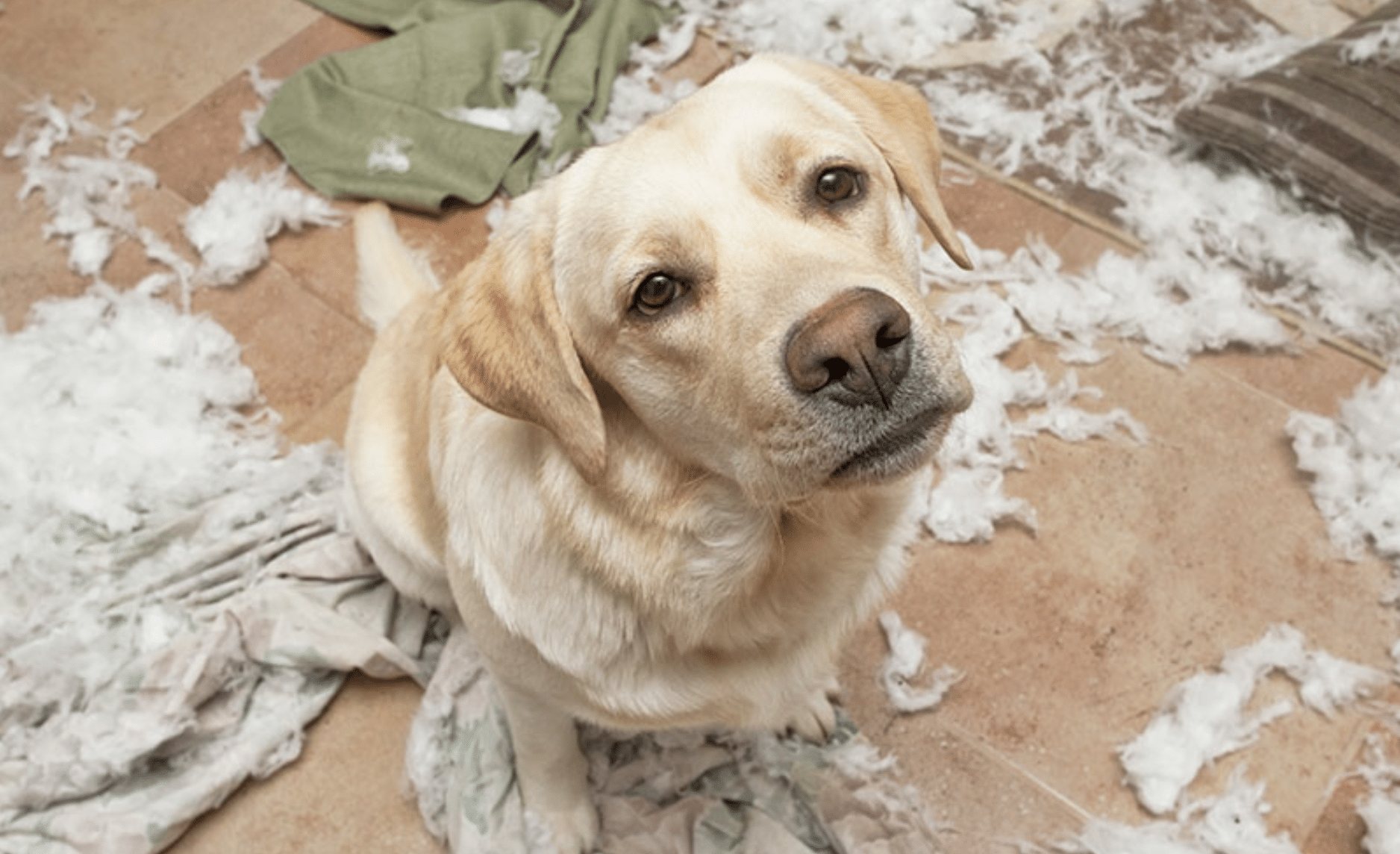Dogs can experience anxiety for a variety of reasons, such as separation anxiety, fear of loud noises, or changes in their environment. Anxiety in dogs can manifest in different ways, including destructive behavior, excessive barking, or even aggression. In this article, we will discuss some of the best ways to reduce your dog’s anxiety, including the use of calming dog beds.
Contents
Provide A Safe & Comfortable Space
One of the most important things you can do to reduce your dog’s anxiety is to provide them with a safe and comfortable space. This can be a designated area in your home, such as a crate or a room, where your dog can retreat to when they are feeling anxious. The space should be comfortable and cozy, with plenty of soft bedding and a place to hide. Calming dog beds can also be used in this space to provide extra comfort and security for your dog.
Use Of Calming Dog Beds
Calming dog beds, also known as anxiety beds for dogs, are designed to provide a sense of security and comfort for dogs, helping them to feel calm and relaxed. These beds are often made with soft, cozy materials and may have features such as high sides, hoods, or cocoons that can help to create a sense of enclosure and security for dogs. Some anti-anxiety dog beds also include additional features such as memory foam or heating elements to provide added comfort. These beds come in various sizes and styles to fit different breeds and accommodate different behavior and preferences of dogs. By providing your dog with a comfortable and secure place to rest, calming beds can help to reduce their anxiety.
Use Of Pheromone Therapy
Pheromone therapy is another effective way to reduce anxiety in dogs. Pheromones are natural chemicals that dogs release to communicate with each other. Synthetic versions of these pheromones can be used to help reduce anxiety in dogs. These synthetic pheromones can be found in sprays, collars, or diffusers and can be used to help create a sense of calm and security for dogs. Pheromone therapy can be used in conjunction with other methods, such as providing a safe and comfortable space, to help reduce anxiety in dogs.
Training & Socialization
Proper training and socialization can also be effective in reducing anxiety in dogs. Teaching your dog basic obedience commands, such as sit, stay, and come, can help to build their confidence and provide them with a sense of security. Socialization, on the other hand, is the process of exposing your dog to different people, animals, and environments. This can help them to become more confident and comfortable in different situations, reducing their anxiety. Training and socialization should be started at a young age but can be beneficial for dogs of all ages. It is important to work with a professional trainer or behaviorist to ensure that the training and socialization is done in a positive and effective manner.
Exercise & Mental Stimulation
Regular exercise and mental stimulation are also important in reducing anxiety in dogs. Regular exercise, such as walks, runs, or playing with toys, can help to release pent-up energy and reduce stress. Mental stimulation, such as interactive toys or puzzle feeders, can also help to keep a dog’s mind occupied and reduce anxiety. Providing your dog with regular exercise and mental stimulation can help to keep them physically and mentally healthy, reducing their anxiety.
Medication
In some cases, medication may be necessary to help reduce anxiety in dogs. This should be used under the guidance and supervision of a veterinarian, as some medications can have side effects and may interact with other medications. Medications may include anti-anxiety medication, antidepressants, or other prescription medications.
Dogs can experience anxiety for a variety of reasons, and it is important to address it in order to maintain their well-being. Calming dog beds, pheromone therapy, training and socialization, exercise and mental stimulation, and medication are some of the most effective ways to reduce anxiety in dogs. It’s important to consult with a veterinarian or a professional trainer to find the best approach for your dog. By providing your dog with a comfortable and secure space, using calming dog beds, and addressing their anxiety through proper training, socialization, and medication, you can help your dog to lead a happier and more relaxed life.

